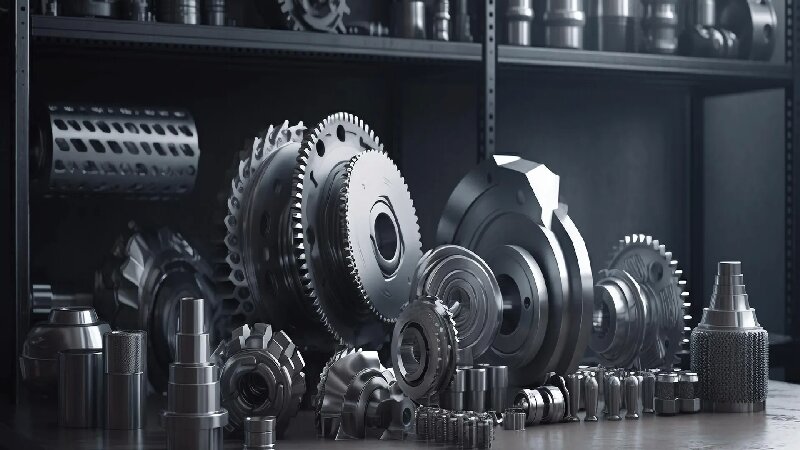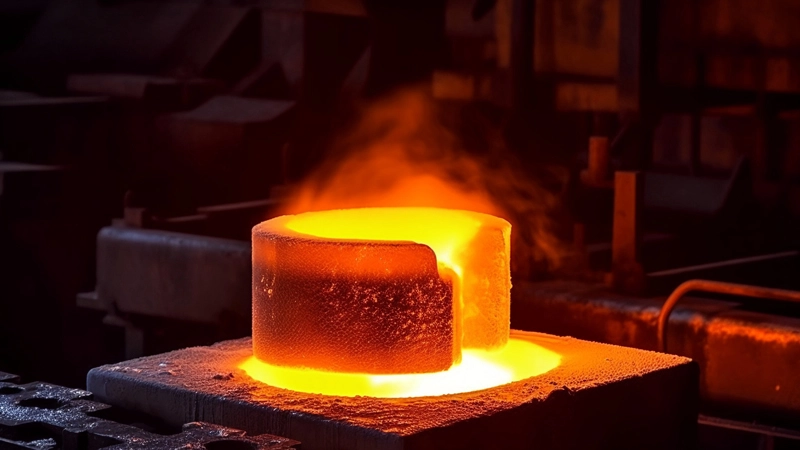Forging is a manufacturing process that involves the shaping of metal using localized compressive forces. The blows are delivered with a hammer or a die. Forging is often classified according to the temperature at which it is performed: cold forging, warm forging, or hot forging. For the latter two, the metal is heated, usually in a forge. Forging spare parts can range in weight from less than a kilogram to hundreds of metric tons.
The forging process can create parts that are stronger than those manufactured by any other metalworking process. This is why forging is often used in industries where reliability and safety are critical, such as aerospace, automotive, agricultural machinery, and oil drilling equipment.
There are several types of forging processes available, including impression or closed die, cold forging, and open die forging. Each of these methods has its own benefits and drawbacks, but they all share the common benefit of increased strength and durability in the finished product.
Cold forging is a process that shapes metal at room temperature. This process requires high pressure to force the metal into the desired shape. The benefits of cold forging include increased hardness and strength, improved surface finish, and the ability to produce parts with a high degree of dimensional accuracy.
Quality inspection in forging is crucial to ensure the integrity of the finished product. This process involves checking the forged parts for defects such as cracks, surface flaws, and improper shape. The inspection can be done visually or using more advanced techniques such as ultrasonic testing or magnetic particle inspection.
The forging process offers several benefits that can improve your product. First, the process can create parts with exceptional strength. This is due to the grain flow that occurs during forging, which aligns to the shape of the part, resulting in increased strength and resistance to impact and fatigue.
Second, forging service can produce parts with a high degree of dimensional accuracy, especially with processes like cold forging. This can reduce the need for additional machining and finishing processes, saving time and cost in the manufacturing process.
Third, the forging process can improve the aesthetic appeal of the product. Forged parts have a unique, rugged look that can be appealing in certain applications.
Lastly, forging can create metal auto parts that are more reliable and have a longer service life. This is due to the improved physical properties of the forged parts, such as increased strength and resistance to wear and tear.
In conclusion, forging is a versatile manufacturing process that can greatly improve the quality of your product. Whether you need parts with exceptional strength, high dimensional accuracy, or a unique aesthetic appeal, forging can deliver these benefits. With proper quality inspection, you can ensure the integrity of your forged parts and deliver a product that meets the highest standards of quality and performance.
This is the last one.



